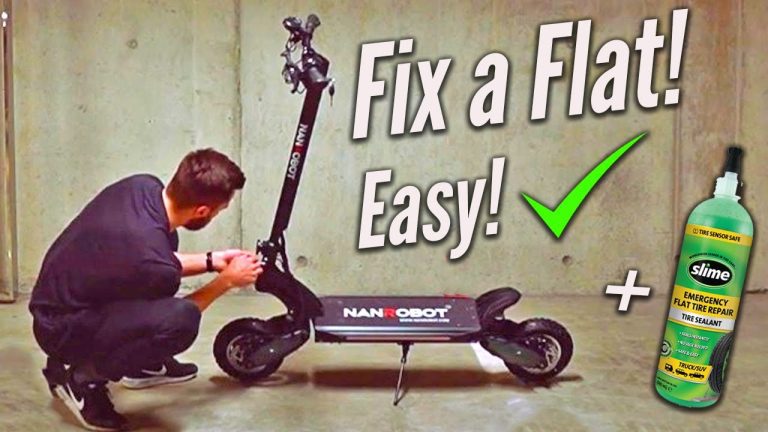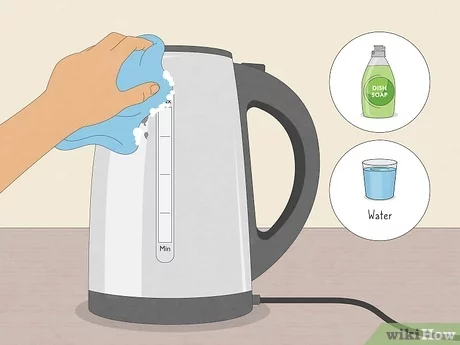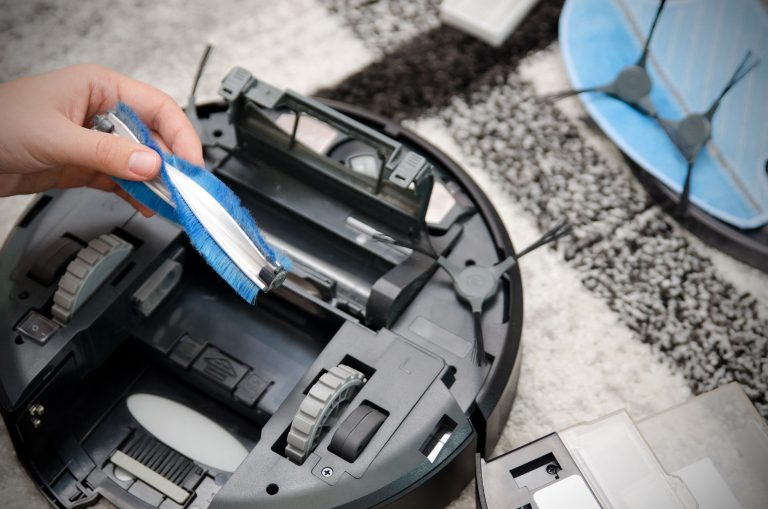How to Fix a Beard Trimmer | Step-by-Step Guide to Fixing Common Issues
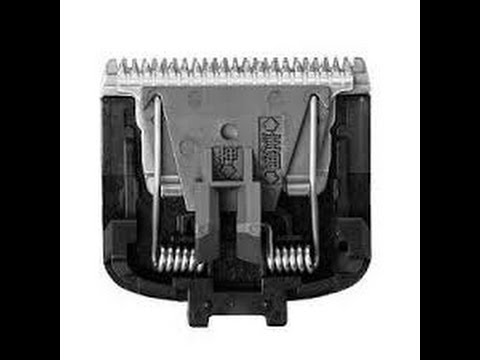
To fix a beard trimmer, first, check the power source and ensure it is connected properly, then clean and oil the blades to improve performance. Taking care of your beard and maintaining a well-groomed appearance is essential for many men.
A beard trimmer is a valuable tool that helps achieve the desired look. However, like any mechanical device, it can encounter issues over time. Whether it’s a lack of power, dull blades, or ineffective trimming, these problems can be frustrating.
Thankfully, resolving these issues is often relatively simple and can save you from the cost of purchasing a new trimmer. We will explore some effective troubleshooting tips to help you fix and restore your beard trimmer’s functionality. By following these steps, you can ensure that your beard trimmer remains an essential tool in your grooming routine.
Troubleshooting Common Beard Trimmer Issues
When it comes to maintaining a well-groomed beard, a reliable and functional beard trimmer is essential. However, like any other electronic device, beard trimmers can encounter issues that hinder their performance. In this section, we will take a closer look at some of the most common problems that may arise with a beard trimmer and how you can troubleshoot and fix them.
Prior to attempting any repairs on your beard trimmer, it is crucial to ensure your safety and prepare a suitable workstation. Follow these steps to create a safe and effective environment for troubleshooting your beard trimmer:
- Find a well-lit area free from clutter where you can work comfortably.
- Gather the necessary tools, including a small screwdriver set, a clean cloth, and a soft brush.
- Disconnect the beard trimmer from its power source to avoid any potential accidents.
- Clean the trimmer thoroughly to remove any hair or debris that may be obstructing its functionality.
- Inspect the power cord for any signs of damage, such as frayed wires or loose connections. If any issues are found, replace the cord before proceeding with further repairs.
By following these safety precautions and setting up a proper workstation, you can minimize risks and focus on diagnosing and fixing the problem with your beard trimmer.
Before diving into the repair process, it is important to identify the specific issue with your beard trimmer. Here are some common problems you may encounter:
- The trimmer is not turning on or has no power.
- The blades are not cutting effectively.
- The trimmer is producing an unusual noise or vibration.
- The trimmer is overheating.
- The trimmer is not holding a charge.
Take the time to carefully inspect and analyze your beard trimmer’s symptoms. Look for any visible signs of damage, such as loose parts, bent blades, or disconnected wires. Additionally, you may want to refer to the manufacturer’s manual for troubleshooting guidelines specific to your model.
Once you have determined the cause of the issue, it’s time to fix your beard trimmer. Depending on the problem, the solutions may vary. Here are some general steps you can follow to fix common beard trimmer issues:
- If the trimmer is not turning on or has no power, check the batteries or replace them if necessary. If the trimmer is corded, ensure that the power outlet is working properly.
- To address ineffective cutting blades, remove the blade assembly and clean it thoroughly. If the blades are dull or damaged, consider replacing them.
- If the trimmer is making unusual noises or vibrations, inspect the motor and the blade assembly for any obstructions or loose parts. Tighten any loose screws or nuts and remove any debris that may be interfering with the trimmer’s operation.
- To prevent overheating, make sure the trimmer is not clogged with hair or other debris. Clean the blades and the trimmer head regularly and ensure proper ventilation during use.
- If the trimmer is not holding a charge, check the battery connections and clean them if necessary. If the battery is old or damaged, consider replacing it.
Remember to refer to the manufacturer’s instructions or seek professional assistance if the problem persists or if you are unsure about making repairs yourself.
Fixing a beard trimmer can be a rewarding and cost-effective way to ensure its longevity and optimal performance. By following the steps outlined above and taking the time to diagnose and address common issues, you can maintain a well-functioning beard trimmer for years to come.
Ensuring Safety And Preparing The Workstation
Before you start fixing your beard trimmer, it’s crucial to prioritize safety and prepare your workstation properly. By taking the necessary precautions and having the right tools at hand, you can ensure a smooth and accident-free repair process.
Gathering the necessary tools
Before you dive into fixing your beard trimmer, gather all the necessary tools you’ll potentially need during the repair process. Having everything within arm’s reach will save you time and frustration while working on your trimmer. Here’s a list of essential tools to have:
- Screwdriver set (both flathead and Phillips head)
- Needle-nose pliers
- Small wire brush or toothbrush for cleaning
- Tweezers or small picks
- Cleaning solution or rubbing alcohol
- Lubricating oil or grease
Cleaning the trimmer before starting
Before you begin the repair, it’s important to clean your beard trimmer thoroughly. Over time, dirt, hair, and grime can accumulate, hindering its performance. Follow these steps to clean your trimmer:
- Ensure the trimmer is unplugged and turned off.
- Use a small brush or toothbrush to gently remove any loose hairs or debris.
- Dampen a cloth or cotton ball with rubbing alcohol or a cleaning solution specifically designed for trimmers.
- Wipe down the exterior of the trimmer, paying attention to the blades, guards, and any other removable parts.
- Let the trimmer air dry completely before proceeding with the repair.
Taking necessary safety precautions
When working with electrical devices like beard trimmers, it’s important to prioritize safety. By taking the necessary precautions, you can avoid accidents and ensure a smooth repair process. Here are some safety measures to follow:
- Disconnect the beard trimmer from the power source to prevent electrical shocks.
- Work in a well-lit and clean area to prevent any accidents or damage.
- Wear safety goggles or glasses to protect your eyes from any small flying debris.
- Avoid touching the sharp blades directly; use tweezers or small picks instead.
- Always refer to the manufacturer’s instructions and guidelines for your specific trimmer model.
By adhering to these safety precautions and having a well-prepared workstation, you’ll be ready to fix your beard trimmer efficiently and safely.
Diagnosing The Problem
Identifying a Dull or Misaligned Blade
A dull or misaligned blade is a common issue that can greatly affect the performance of your beard trimmer. Fortunately, diagnosing and fixing this problem is relatively simple. Here’s how you can identify if your blade is causing the issue:
- Start by inspecting the blade visually. Look for any signs of excessive wear or damage. If the blade appears dull or chipped, it’s likely the culprit causing your trimmer to underperform.
- Next, carefully run your finger along the blade’s edge. Be cautious not to apply too much pressure to avoid injury. If you feel any roughness or unevenness, it suggests the blade is misaligned and needs adjustment or replacement.
If you’ve determined that your trimmer blade is either dull or misaligned, don’t worry. There are a few steps you can take to fix it:
- Option 1: Sharpen the blade – If the blade is dull but still in good condition, you can try sharpening it using a specialized trimmer blade sharpener. Follow the manufacturer’s instructions carefully to ensure a safe and effective sharpening process.
- Option 2: Replace the blade – If the blade is severely worn or damaged, it’s best to replace it entirely. Check the user manual or contact the manufacturer to find the correct replacement blade for your trimmer model.
Determining if the Motor is Not Functioning
A malfunctioning motor is another common issue that may hinder the performance of your beard trimmer. To diagnose this problem:
- Check if the trimmer is receiving power by plugging it into a different power outlet. Sometimes, a faulty outlet can be the cause rather than a faulty motor.
- Listen for any unusual noises coming from the trimmer while it’s turned on. A buzzing or clicking sound may indicate motor-related issues.
- Inspect the trimmer’s cord for any damage or fraying. If the cord is damaged, it can affect the electrical connection and result in a non-functioning motor.
If you’ve determined that the motor is the problem, it’s recommended to take your trimmer to a professional repair service, especially if it’s still under warranty. They have the expertise to diagnose and repair motor-related issues effectively.
Identifying a Clogged Trimmer
A clogged trimmer can significantly impact its cutting performance and may lead to uneven trims or pulling sensations. Here’s how you can identify if your trimmer is clogged:
- Inspect the trimmer’s blade and comb for any hair or debris accumulation. If you notice a buildup of hair, clean it thoroughly using a brush or a small toothbrush.
- Check for any signs of rust or corrosion on the blade, as this can also impede the trimmer’s functionality. If rust is present, clean it using a rust remover or consult a professional for further assistance.
Regular cleaning and maintenance can prevent clogs and keep your trimmer performing optimally. It’s recommended to follow the manufacturer’s guidelines for maintaining your specific beard trimmer model.
Fixing The Beard Trimmer
Is your beard trimmer not working as effectively as it used to? Don’t worry, there are a few simple steps you can take to fix common issues with your trimmer. In this article, we will cover three main areas of focus when it comes to fixing your beard trimmer: sharpening or replacing the blade, cleaning and oiling the motor, and removing clogs and blockages. By following these steps, you’ll have your trimmer working like new in no time.
Sharpening or Replacing the Blade
The blade is one of the most important components of your beard trimmer. Over time, it can become dull and less effective at cutting hair. To sharpen the blade, you will need a sharpening stone or a fine grit sandpaper. Carefully remove the blade from the trimmer and gently run it across the sharpening stone or sandpaper at a slight angle. Repeat this process until the blade feels sharp to the touch. If the blade is damaged or cannot be sharpened, it may be necessary to replace it with a new one. Contact the manufacturer or refer to the trimmer’s manual for guidance on purchasing a replacement blade.
Cleaning and Oiling the Motor
The motor of your beard trimmer can accumulate dirt and debris over time, causing it to become less efficient. To clean the motor, use a soft brush or cotton swab to gently remove any dust or hair that may have accumulated. Be sure to clean the area around the motor as well. Once the motor is clean, it is important to oil it to ensure smooth operation. Apply a few drops of trimmer oil to the motor and turn it on for a few seconds to distribute the oil evenly. This will help reduce friction and extend the life of the motor.
Removing Clogs and Blockages
Clogs and blockages can prevent your beard trimmer from working properly. Hair clippings and debris can get trapped in the cutting mechanism, leading to reduced performance. To remove any clogs or blockages, first, turn off the trimmer and unplug it from the power source. Use a small brush or toothpick to gently remove any hair or debris from the blades and cutting area. Be careful not to damage the blade or any other components. Once the clogs or blockages are cleared, reassemble the trimmer and test it to ensure it is working correctly.
By following these simple steps to sharpen or replace the blade, clean and oil the motor, and remove clogs and blockages, you can easily fix common issues with your beard trimmer. With a little maintenance and care, your trimmer will continue to provide you with a precise and hassle-free trimming experience.
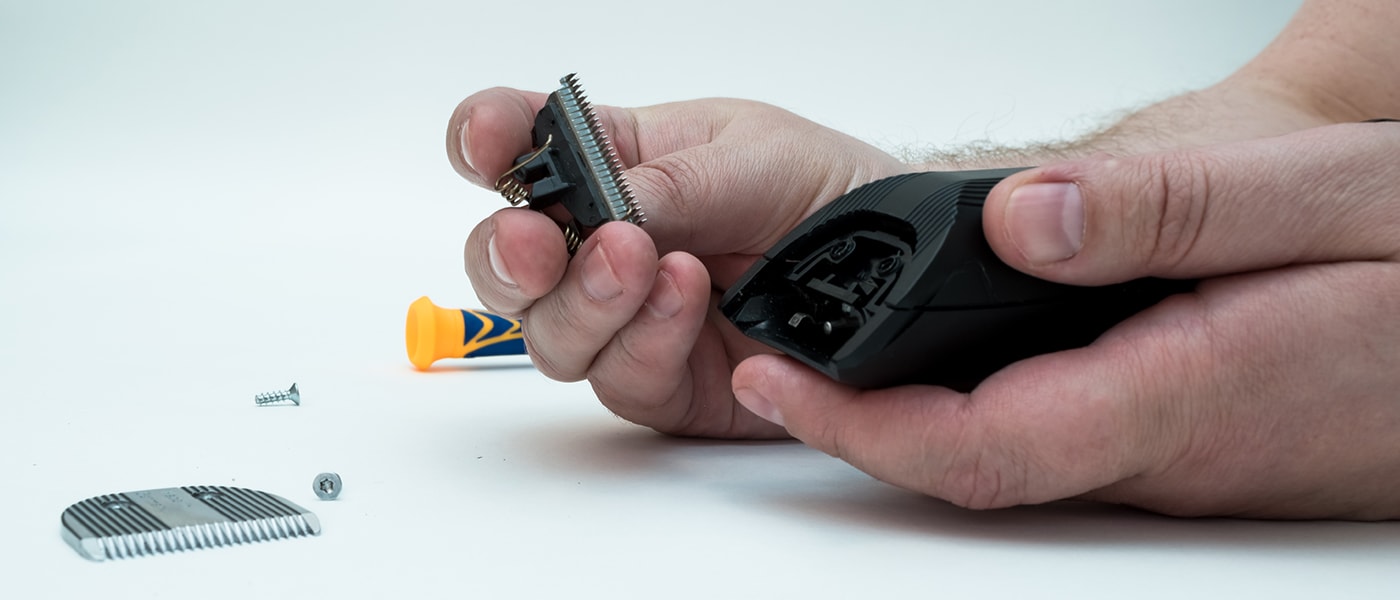
Credit: buybarber.com
Frequently Asked Questions For How To Fix A Beard Trimmer
Why Is My Beard Trimmer Not Working?
Check the power supply and make sure the trimmer is charged or has fresh batteries. Clean the blades and remove any hair or debris that may be causing the issue. If the problem persists, contact the manufacturer for further assistance.
Can Beard Trimmer Be Repaired?
Yes, beard trimmers can be repaired.
Why Is My Trimmer Blade Not Cutting?
There are a few possible reasons why your trimmer blade is not cutting. It could be due to dull blades, clogged or tangled debris, improper blade adjustment, or a worn-out motor. Make sure to clean and maintain your trimmer regularly and sharpen or replace the blades if needed.
How Do You Replace A Beard Trimmer Head?
To replace a beard trimmer head:
1. Turn off the trimmer and unplug it.
2. Remove the head by twisting it counterclockwise.
3. Attach the new head by twisting it clockwise until it locks into place.
4. Make sure it is securely attached before using the trimmer again.
Conclusion
Fixing a beard trimmer is a relatively simple process that can save you time and money. By following the steps outlined in this guide, you can troubleshoot common issues and restore your trimmer to its optimal functioning. Remember to always refer to the manufacturer’s instructions for specific troubleshooting tips and recommended maintenance.
With a little patience and some basic tools, you’ll be able to keep your beard trimmer in top shape for years to come. Start maintaining your grooming tool today and enjoy a well-groomed beard every time.
